SHENZHEN, China (October, 2024) — After five years of renovations, Xiaomeisha Sea World have taken the bold step to include forward-thinking robotic alternatives to using live animals to educate and entertain visitors.
“We are thrilled to see Xiaomeisha Sea World taking a step toward more compassionate entertainment with its animatronic whale shark, and we hope this move encourages people to reconsider why they feel entitled to see live marine animals in confinement — especially when it comes to species who are known to suffer extreme psychological and physical harm as a result of captivity — and that that this aquarium will continue to lead the way with more exhibits that don’t use live animals.” Hannah Williams, Cetacean Consultant for In Defense of Animals.
Xiaomeisha Sea World’s decision comes in the context of a broader global movement toward protecting marine life. In recent years, New Zealand made headlines for banning swimming with dolphins to prevent the disturbance of wild populations — a step in recognizing the importance of reducing stress on these sentient beings. In Mexico City, the ban on keeping dolphins and whales in captivity has been a landmark victory, specifically citing the former use of living dolphins in displays that landed the city’s aquarium on In Defense of Animals’ “10 Worst Tanks” list.
Developed by Shenyang Aerospace Xinguang Group under the Third Academy of China Aerospace Science and Industry Corporation Limited, this groundbreaking achievement marks a significant step forward in modern marine technology.
The nearly five-meter-long, 350-kilogram bionic marvel is capable of replicating the movements of a real whale shark with remarkable precision, including swimming, turning, floating, diving, and even movements of its mouth.
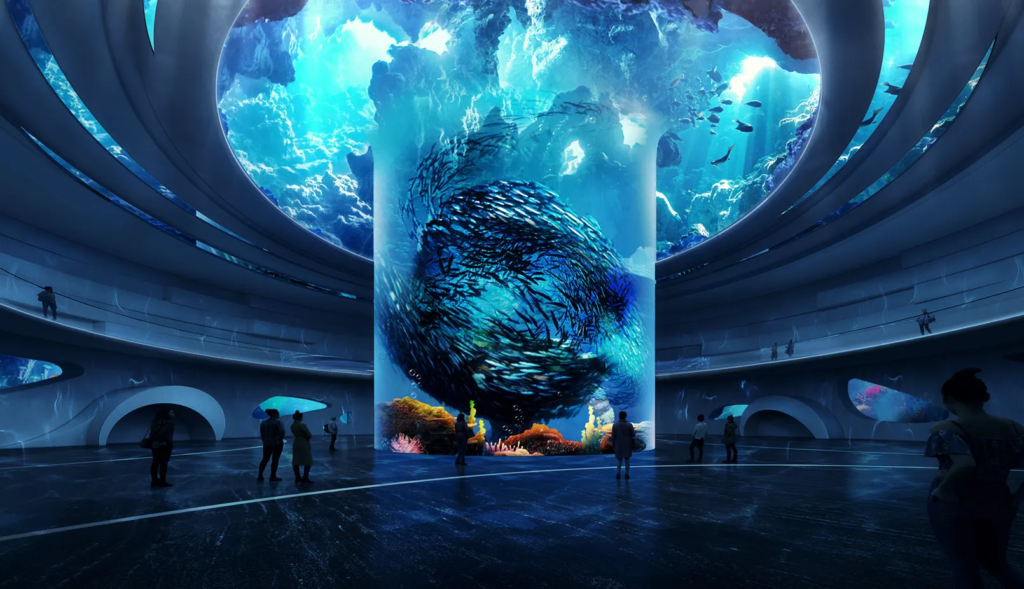
At Xiaomeisha Sea World- cutting edge display technology is front and center.
Wild whale and dolphin populations are in global decline. Fishing has caused a severe decline of Indian Ocean dolphins and Pacific Ocean orcas — who also suffer additionally from ship traffic and marine noise. The marine animal entertainment industry puts further pressure on wild animals since it depends on continual top ups of captive populations with wild captures of dolphins and small whales, such as Japan’s infamous Taiji Cove drive hunt. Each year, dolphins face traumatic experiences during live captures, either being killed or traumatically ripped from their pods and shipped for a life of confinement.
In light of the inherent cruelty and conservation impacts of traditional aquarium captivity, Xiaomeisha Sea World’s animatronic whale shark represents a promising shift towards humane marine entertainment. We encourage Xiaomeisha to build on this achievement by becoming the world’s first fully animatronic aquarium. By adopting more “species” of advanced marine robots — which include manta rays, dolphins, and orcas — Xiaomeisha could address lingering concerns, such as new reports of fish with white spot disease, crowded tanks, “lots of excrement in the snow wolf garden,” ongoing harmful beluga whale shows, and firmly put to rest the heartbreaking legacy of Pezoo, a zoochotic polar bear who suffered in extreme confinement for years. Transitioning away from outdated live-animal performances would position Xiaomeisha as a global leader in innovative, ethical marine exhibits.
Exciting developments in next-generation animal entertainment are taking place around the world. Time Magazine named Axiom Holographics’ animal-free Hologram Zoo in Brisbane among the best inventions of 2023.

Edge Innovations in California has created hyper-realistic animatronic animals, including dolphins that can swim, respond to questions, and engage closely with audiences — without any of the ethical concerns associated with real captive animals. These lifelike creations offer enhanced levels of interaction and can thrive in confined environments like theme parks, aquariums, and shopping malls, preventing real animals from suffering and premature death.
“A tidal wave of excitement is building for the future of animal-free entertainment, driven by cutting-edge technologies like animatronics, holograms, and virtual reality. “Aquariums and zoos have a unique opportunity to captivate audiences with these immersive experiences — without capturing live animals. Modern technology can bring the wonders of animal life to people in ways that were never possible before. We urge Xiaomeisha Sea World to fully embrace animatronics and seize this chance to proudly and openly lead the way to a sustainable, cruelty-free model that respects marine animal lives.” Fleur Dawes, Communications Director for In Defense of Animals.
For the Silo, Hannah Williams/IDA.
In Defense of Animals is an international animal protection organization with over 250,000 supporters and a 40-year history of defending animals, people, and the environment through education, campaigns, and hands-on rescue facilities in California, India, South Korea, and rural Mississippi. For more information, visit https://www.idausa.org/campaign/cetacean-advocacy

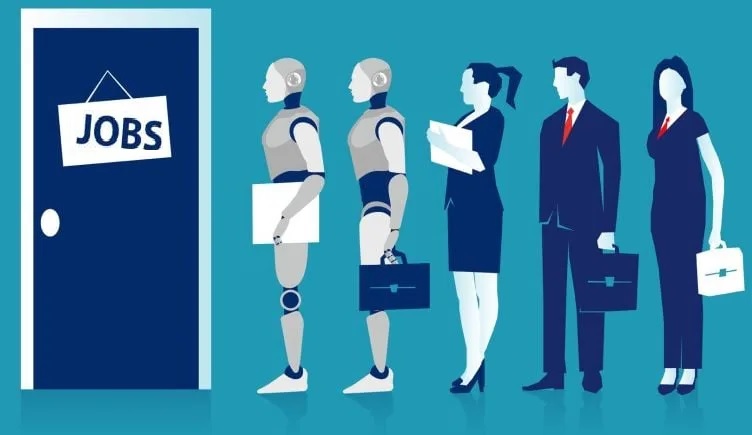
 Congratulations on your work, Olu!
Congratulations on your work, Olu! 
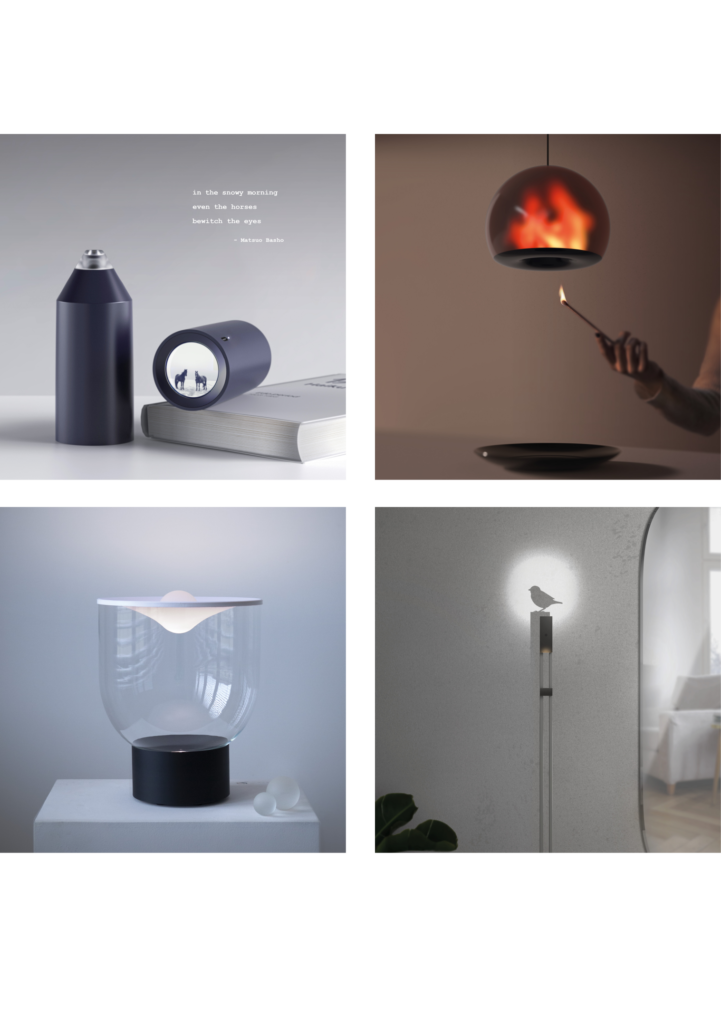
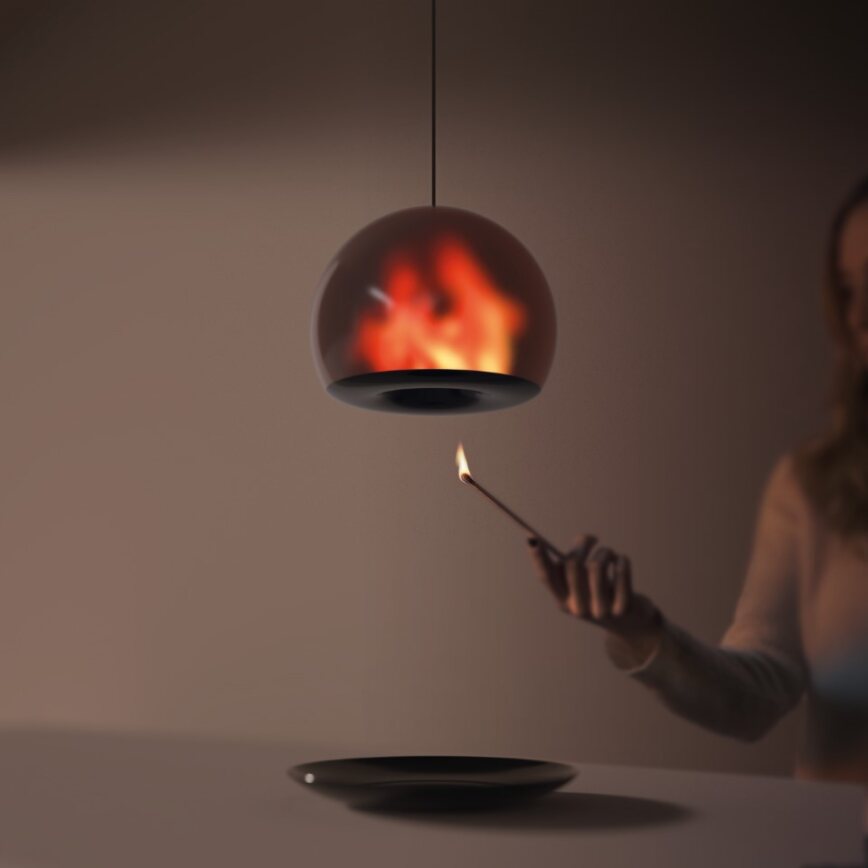
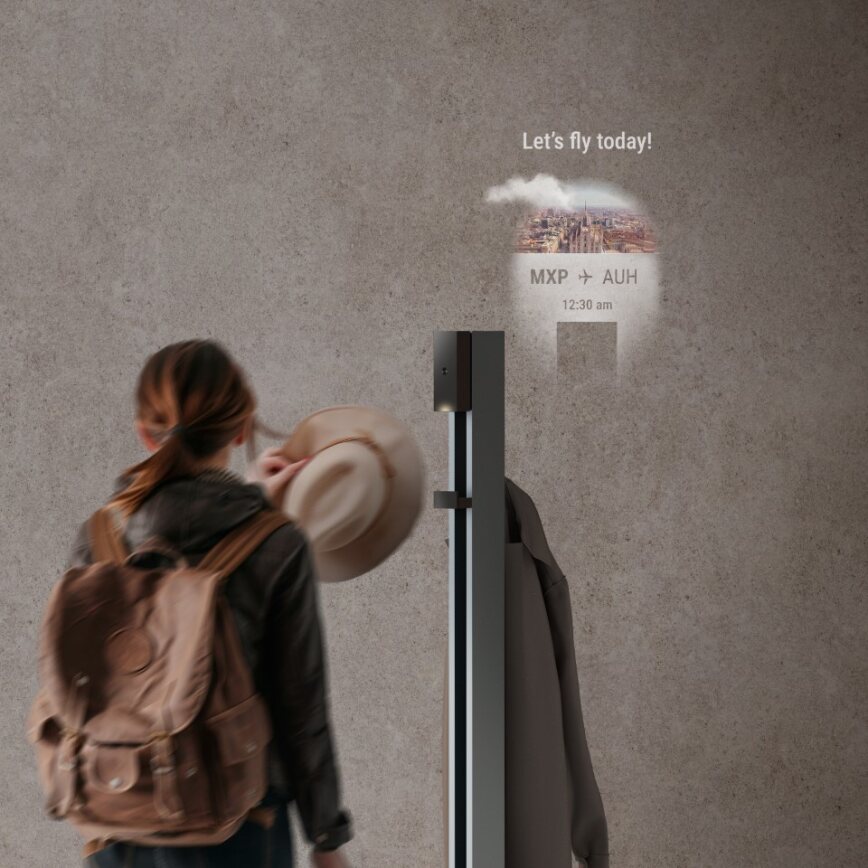
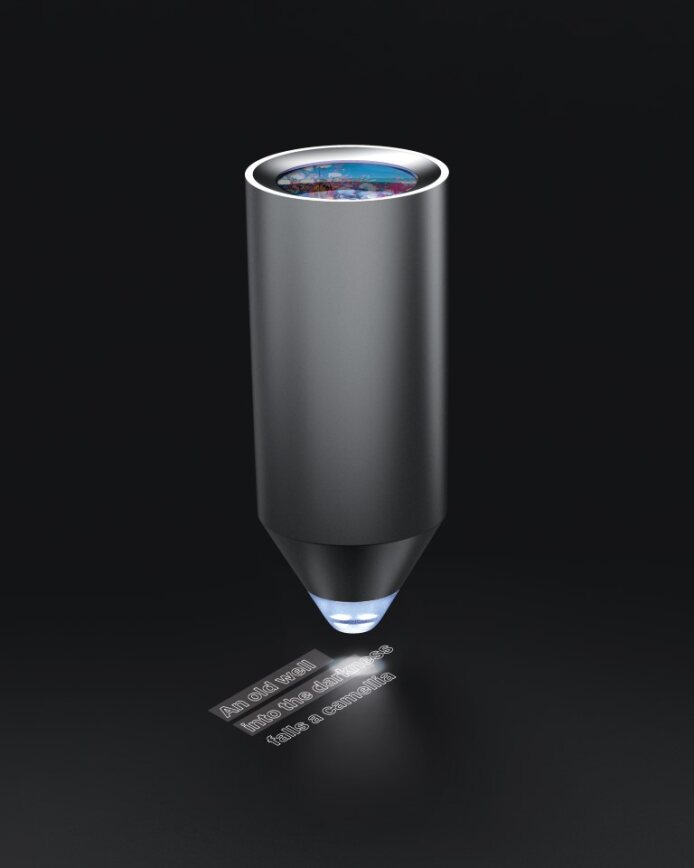
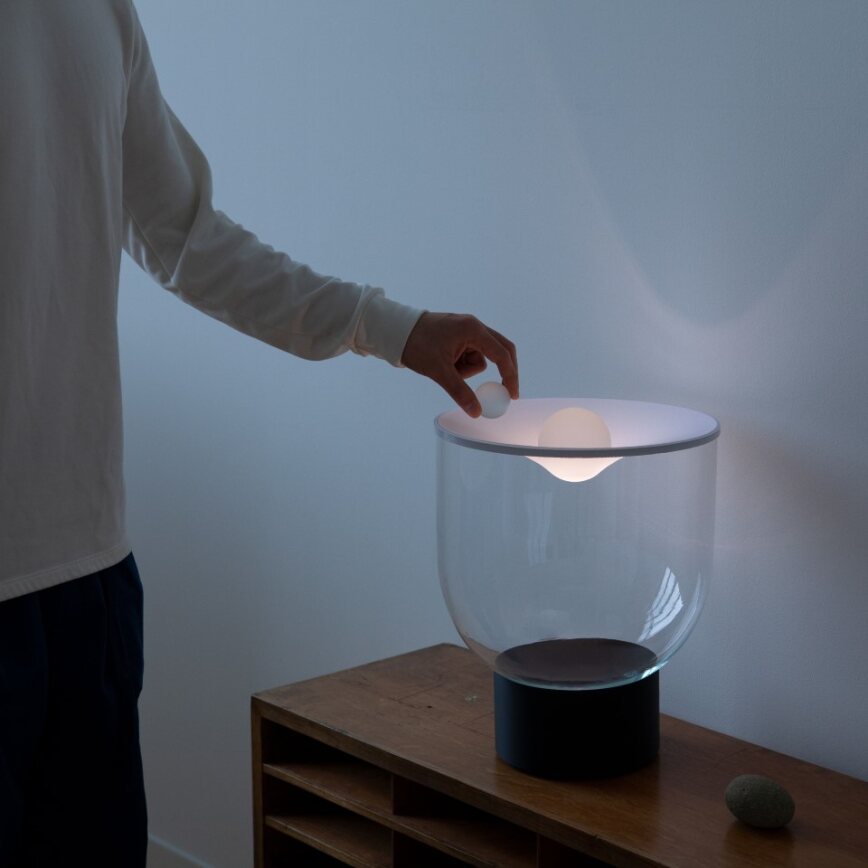
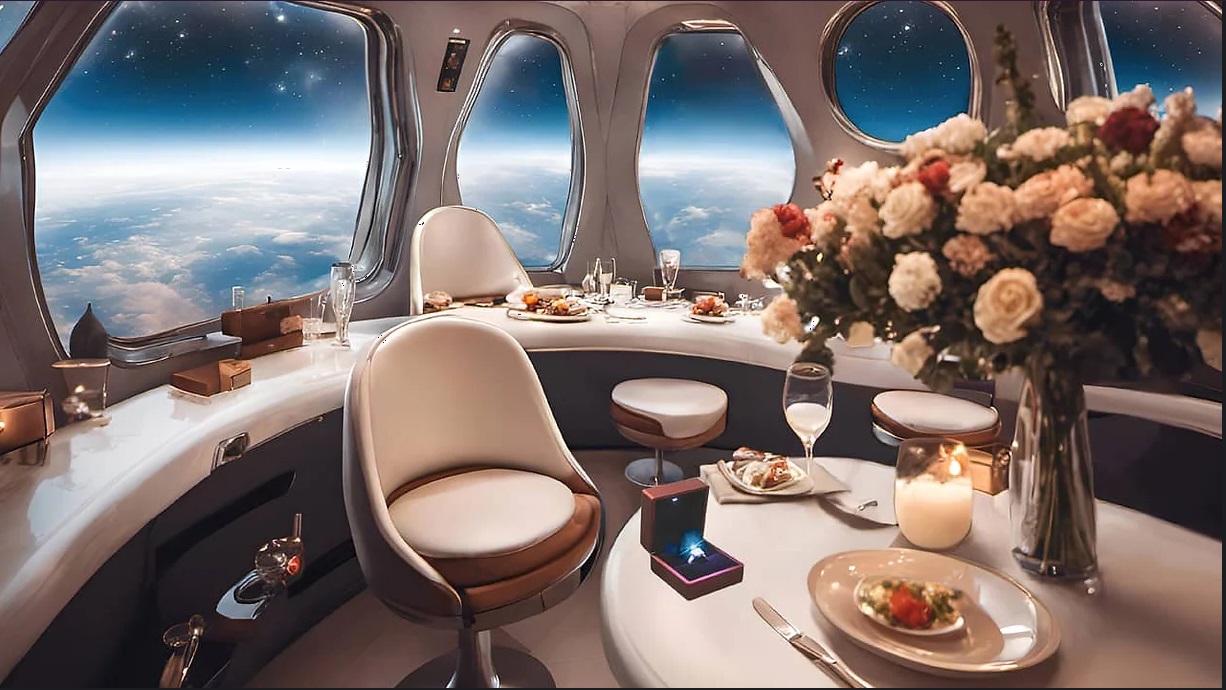


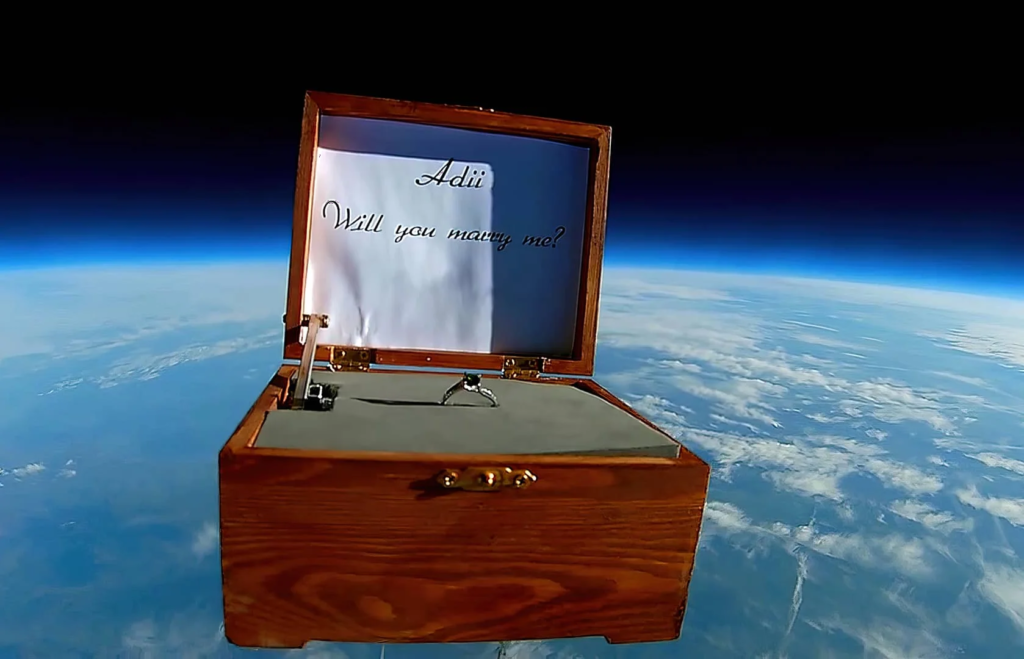











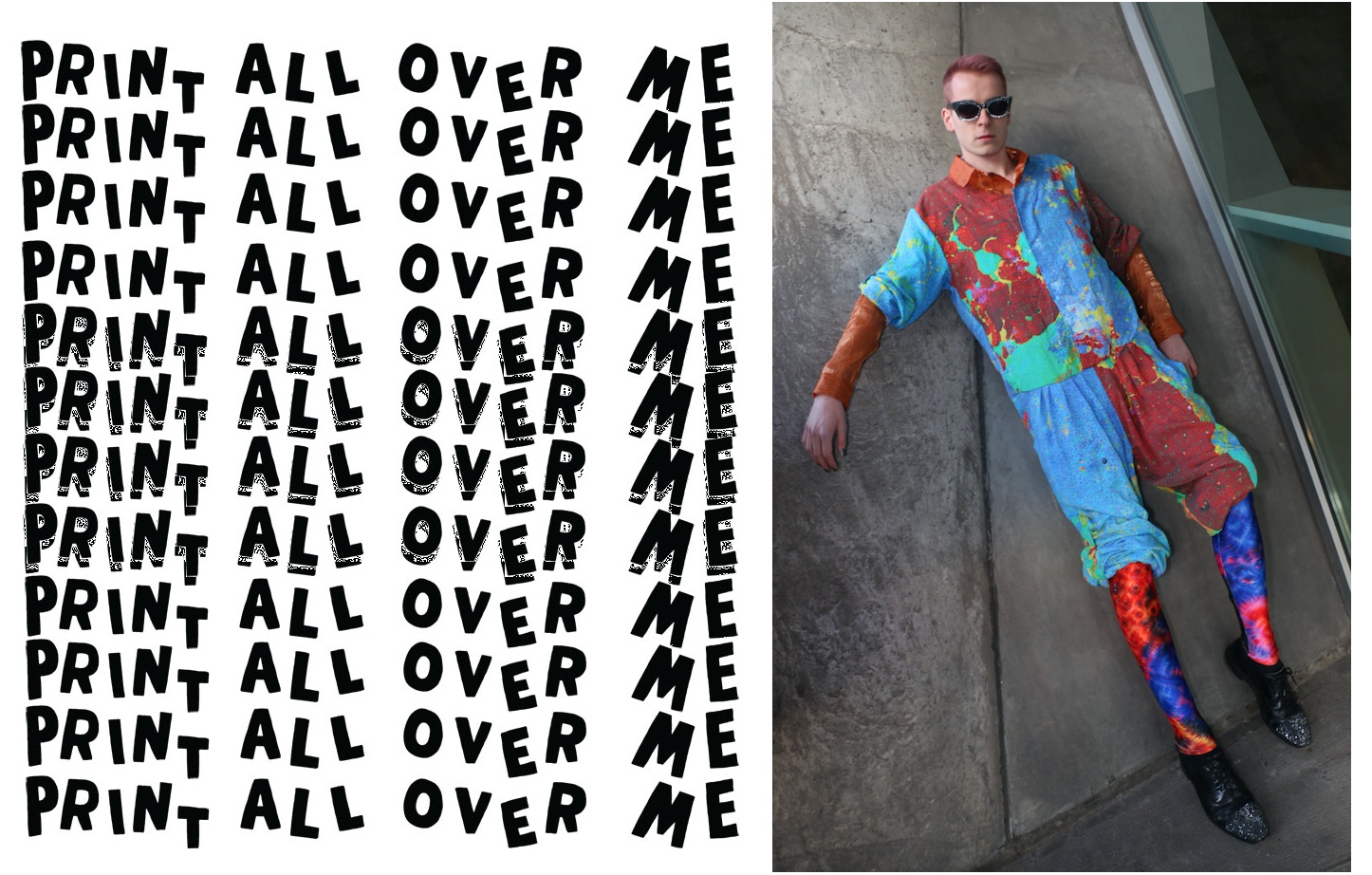




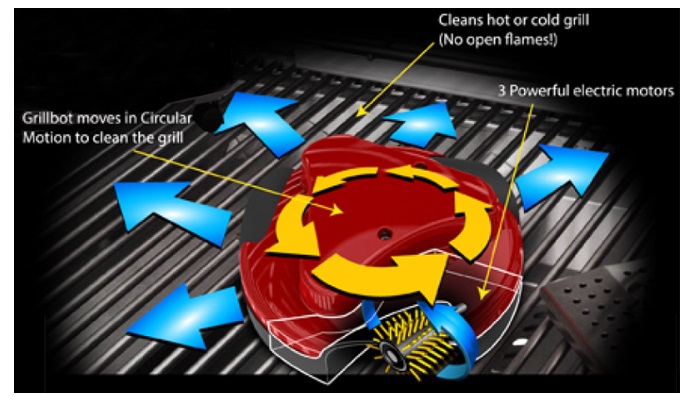
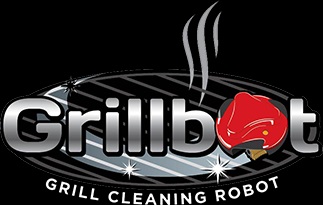 Designed for use on any style grill, simply place the Grillbot on the grill’s surface, press a button, and the robot does all the cleaning. The device is driven by a powerful CPU that controls movement, speed and direction of brushes. It comes with an LCD alarm and timer that can be set for a light scrub, deep clean or something in between, and notifies when cleaning is done.
Designed for use on any style grill, simply place the Grillbot on the grill’s surface, press a button, and the robot does all the cleaning. The device is driven by a powerful CPU that controls movement, speed and direction of brushes. It comes with an LCD alarm and timer that can be set for a light scrub, deep clean or something in between, and notifies when cleaning is done. 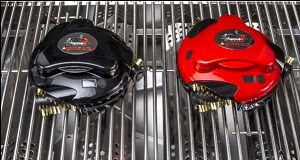 At the Consumer Electronics Show (CES) in Las Vegas, Nevada, in January 2017, Grillbot demonstrated its advanced technology with the Bluetooth-enabled Grillbot Pro. It comes with the same, great features as the original plus the addition of Bluetooth technology, giving BBQ chefs even more freedom and leisure time to watch games, relax with family or cater to guests.
At the Consumer Electronics Show (CES) in Las Vegas, Nevada, in January 2017, Grillbot demonstrated its advanced technology with the Bluetooth-enabled Grillbot Pro. It comes with the same, great features as the original plus the addition of Bluetooth technology, giving BBQ chefs even more freedom and leisure time to watch games, relax with family or cater to guests.